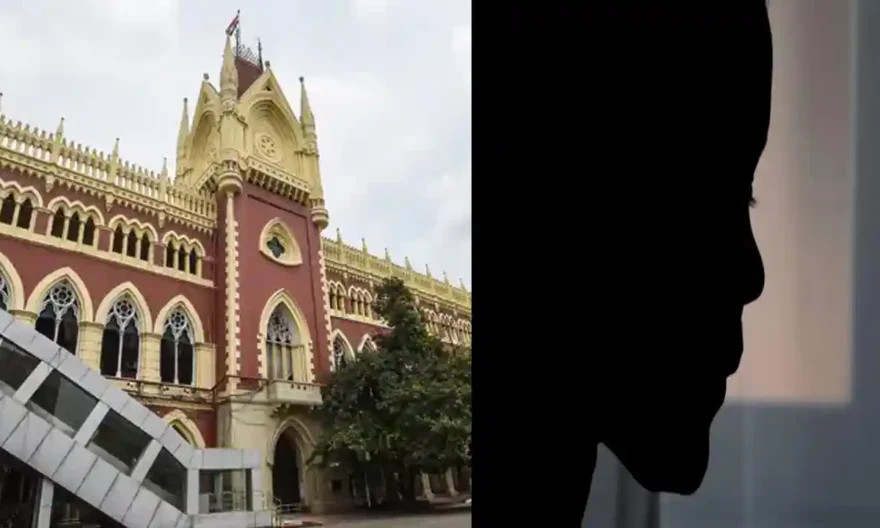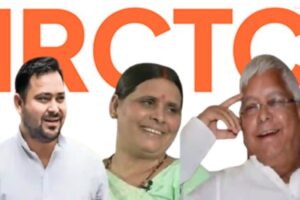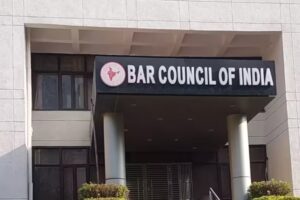
The Calcutta High Court has recently ordered the West Bengal government to pay compensation of ₹7 lakh to a minor survivor of human trafficking and rape.
Single-judge Justice Moushumi Bhattacharya passed the order on May 4 after it was informed that the State dispatched the compensation amount, the survivor was yet to receive the same.
However, the survivor was trafficked from Kolkata and forced into prostitution in Pune district, Maharashtra. However, she was rescued by the police and she moved the Court seeking compensation.
The bench observed that the District Legal Services Authority (DLSA) have decided to pay the survivor an amount of ₹1,50,000 for both rape and trafficking. It noted that the said amount was decided to be paid under the West Bengal victim compensation Scheme, 2017.
However, she demanded a compensation of over ₹7 lakh as provided under the National Legal Services Authority (NALSA) Compensation Scheme for Women Victims, Survivors of Sexual Assault and other Crimes, 2018.
Earlier in a hearing held on April 4, the bench clears up the schemes of NALSA that are made to benefit all (women) survivors of crimes regardless of the State in which they are located.
On April 19, the Court informed that only West Bengal has yet to implement the scheme across the country.
On April 26, when the matter was heard, the counsel represented the State submitted that the important steps have been taken by the Finance Department and the sanction of funds is pending for approval.
However, the Court was of the view that the survivors can’t be made to wait like this.
The bench ordered that “Be that as it may, this court is of the view that the petitioner/victim before the court cannot be asked to wait until the funds are sanctioned by the State Government and reach the Judicial Department. The State shall hence pay a sum of ₹7 lakhs to the petitioner within seven days from date and file a compliance report in the form of an affidavit on the next date of hearing.”
However, it was informed on the latest hearing held on May 4 that the compensation amount is yet to reach the survivor.
It then proceeded to direct the State to ensure that the amount reaches the survivor.




